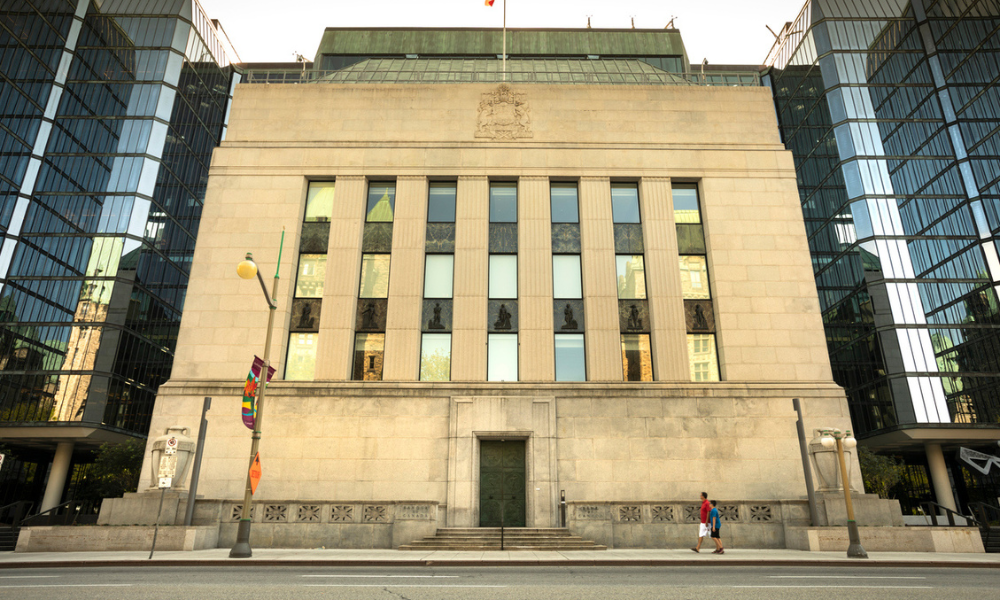After surprise June hike, is central bank pressing the economic brakes again?

In line with expectations, the Bank of Canada has announced that it is raising its policy rate to 5% as it continues to look for progress in the fight against inflation.
“Global inflation is easing, with lower energy prices and a decline in goods price inflation,” the BoC said in this morning’s highly anticipated statement. “However, robust demand and tight labour markets are causing persistent inflationary pressures in services.”
The statement today comes after a series Statistics Canada reported last month that headline inflation clocked in at 3.4% year-over-year in May, following a 4.4% increase in April. That was the smallest increase in CPI since June 2021 as base-year effects led to a 18.3% year-on-year drop in gasoline prices. Mortgage interest costs were the largest contributor in May, which went up 29.9%.
Real GDP was flat in April following a 0.1% uptick in March. Based on advanced information, StatCan’s pulse forecast for May was for a modest 0.4% real GDP increase.
Official data painted a mixed picture for the labour market. The Canadian economy saw a net 59,900 additional jobs in June, exceeding an earlier forecast gain of 20,000. However, the jobless rate also rose from 5.2% to 5.4% as more people searched for work.
“Canada’s economy has been stronger than expected, with more momentum in demand. Consumption growth has been surprisingly strong at 5.8% in the first quarter,” the BoC said. “While the Bank expects consumer spending to slow in response to the cumulative increase in interest rates, recent retail trade and other data suggest more persistent excess demand in the economy.”
It also pointed to a pickup in the housing market, with new construction and real estate listings lagging demand.
Meanwhile, the BoC’s Q2 business outlook saw firms continue to anticipate weak sales growth in the next 12 months, with one in five firms anticipating an outright sales decline as dampening effect on demand from higher interest rates sinks in. But other businesses also reported domestic demand indicators have moved up compared to a year ago.
“As higher interest rates continue to work their way through the economy, the Bank expects economic growth to slow, averaging around 1% through the second half of this year and the first half of next year,” the BoC statement today said. “This implies real GDP growth of 1.8% in 2023 and 1.2% in 2024. The economy will move into modest excess supply early next year before growth picks up to 2.4% in 2025.”
“Governing Council will continue to assess the dynamics of core inflation and the outlook for CPI inflation.”



